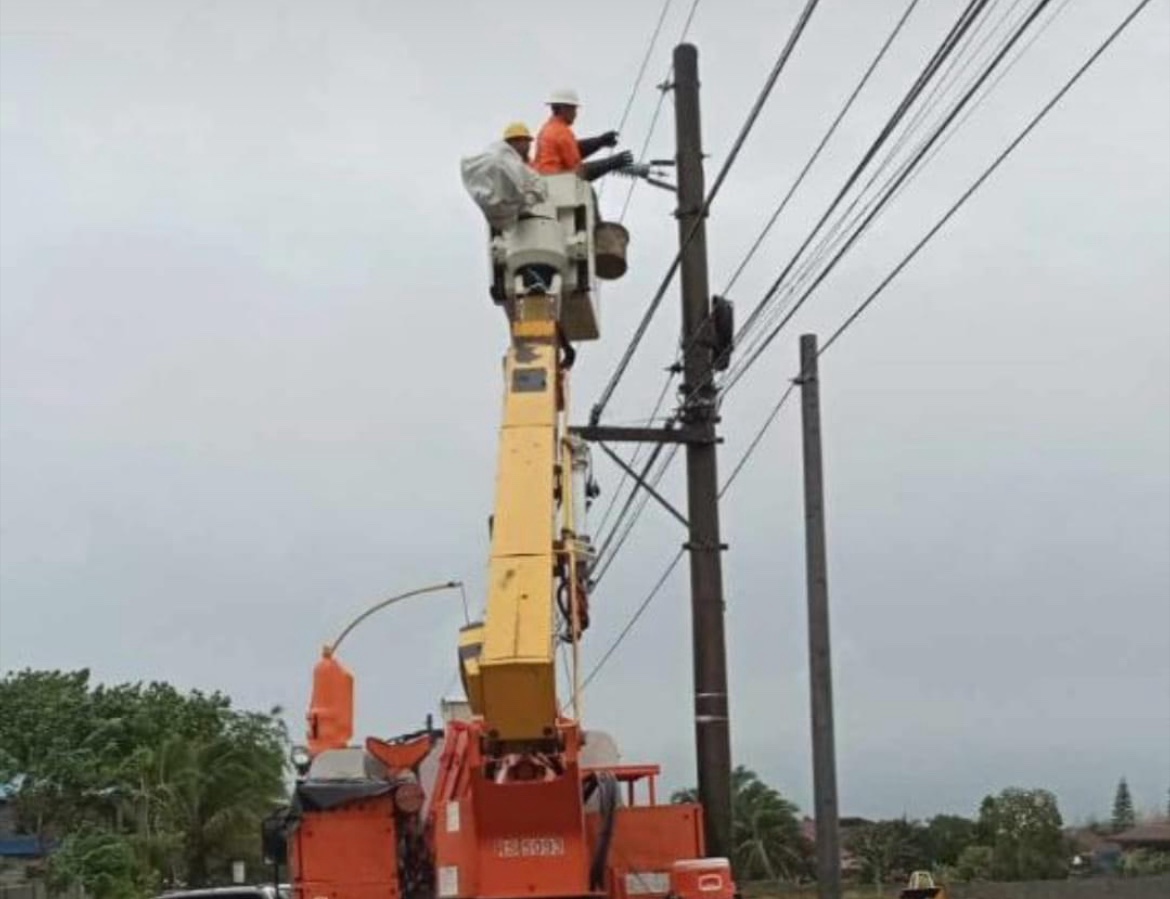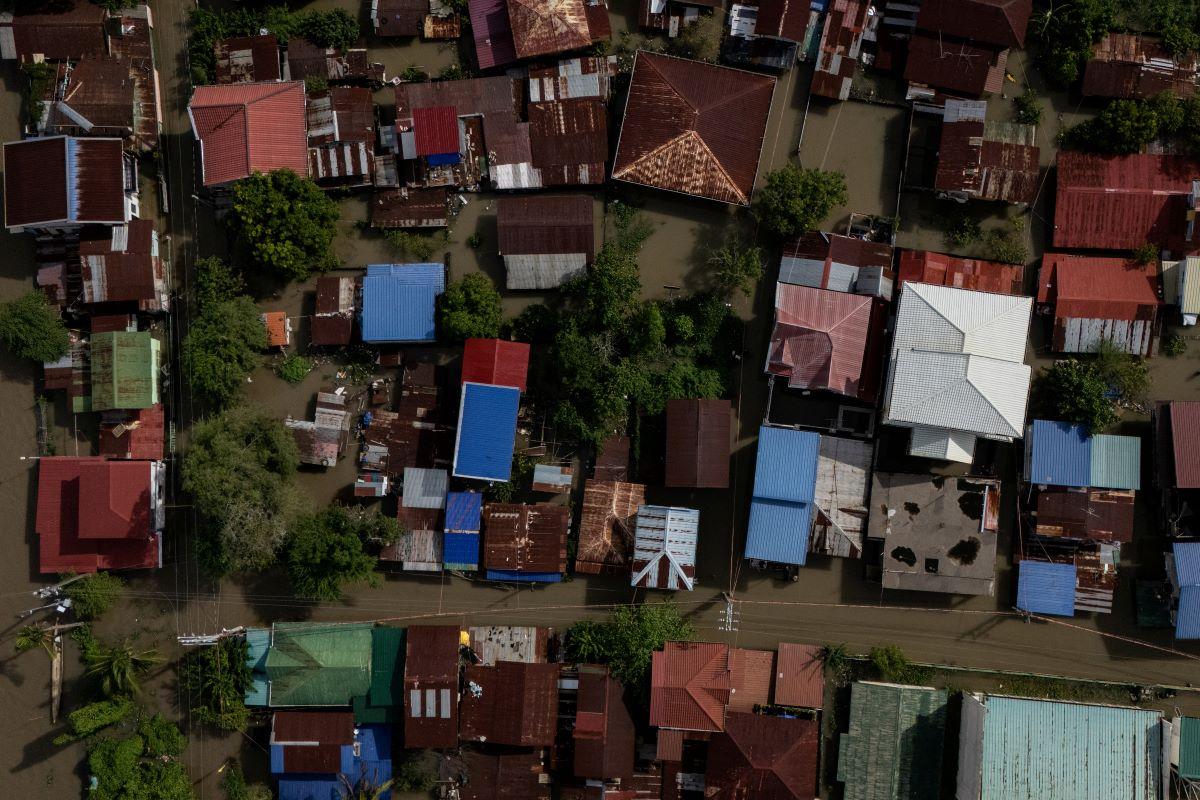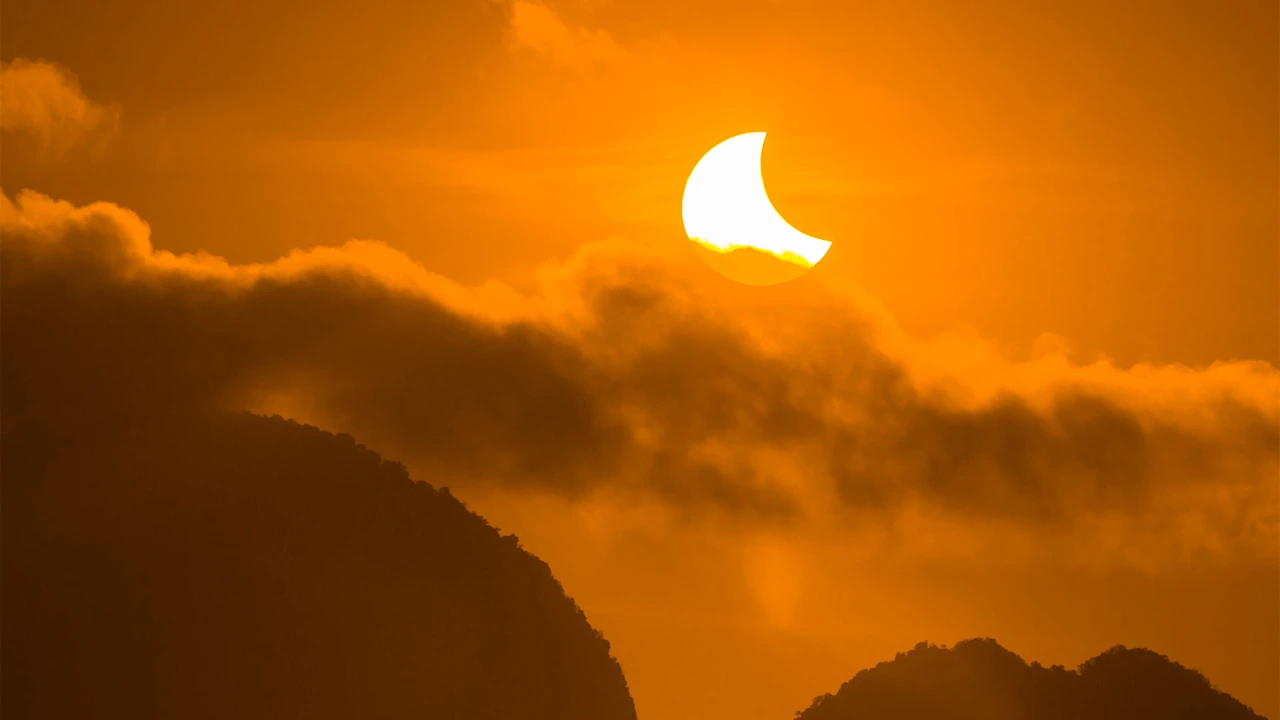Autumn doesn’t boldly announce its presence but rather creeps in. Since schools are back in session in August and early September, many who consider these last few weeks to be the beginning of fall start consuming pumpkin-flavored treats, even in extreme heat.
Astronomical season purists prefer to defer to the position of the sun. This Monday (September 22) marks the fall equinox, which is the official beginning of astronomical autumn.
The day before, a partial solar eclipse will be visible to those in its path in the Southern Hemisphere. (The North got its turn in March.) Let’s take a deeper look at what this all means.
What is an equinox?
The Earth revolves around the sun while simultaneously turning on its own axis at a tilt of about 23.5 degrees. These processes cause different parts of the world to get more sunlight than others, but what goes around comes back around eventually.
The Northern Hemisphere experiences winter in December through most of March while the Southern Hemisphere takes its turn June to September.
The term equinox is Latin in origin and is loosely translated to “equal night.” Biannually in March and September, the tilt and the orbit of the Earth line up. This causes day and night to be almost equal.
Equinoxes also signal the changing of the seasons. In the Northern Hemisphere, this means summer to fall and winter to spring.
What is a partial solar eclipse?
Before you bust out your scarves and warmer clothes, the night sky is going to show off. Those located in parts of New Zealand, Antarctica, and some South Pacific islands are in for a treat.
Sometimes on the Earth’s journey around the sun, the moon gets involved. It comes between the two for a while, just like a love triangle blocking the light of friendship.
During a partial solar eclipse, as NASA points out, the entire sun is not obscured—just parts of it are, making a cool visual. This time around, 86% of it will be covered, which is extra dramatic. Do not view this natural phenomenon in person without certified solar eclipse glasses.
When is the partial solar eclipse taking place?
If you find yourself in the Northern Hemisphere during this partial solar eclipse, never fear. The internet was made for moments such as this.
The website TimeAndDate.com will live-stream the event from Dunedin, New Zealand. The full duration of the eclipse is from 1:29 to 5:53 p.m. ET, with the maximum moment occurring at 3:41 p.m. ET.

















Leave a comment